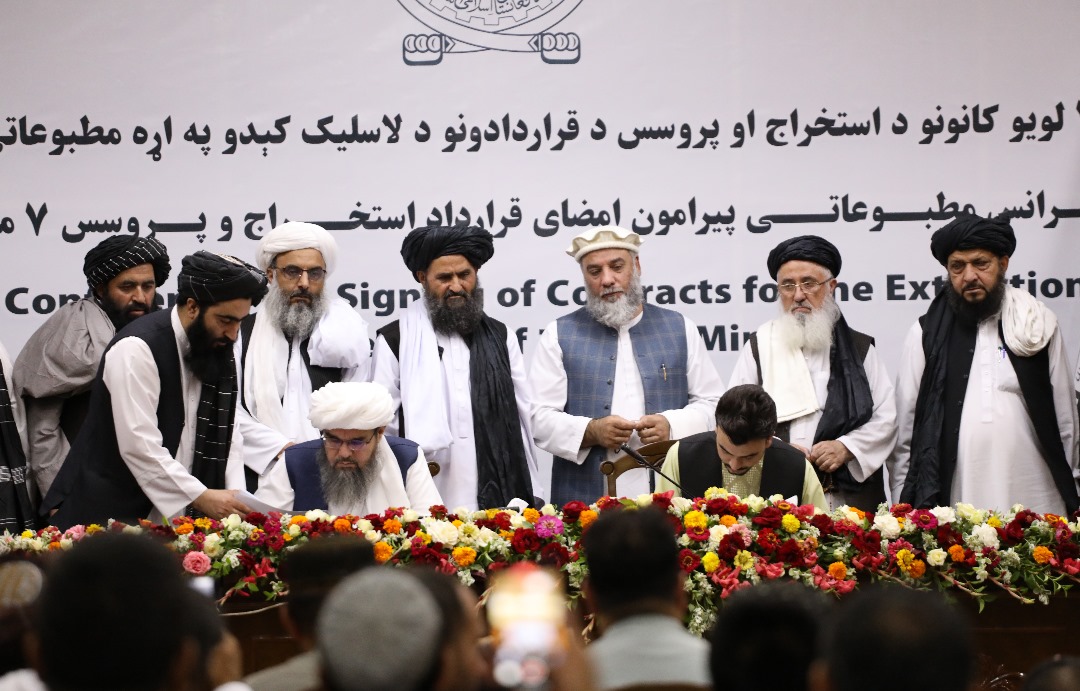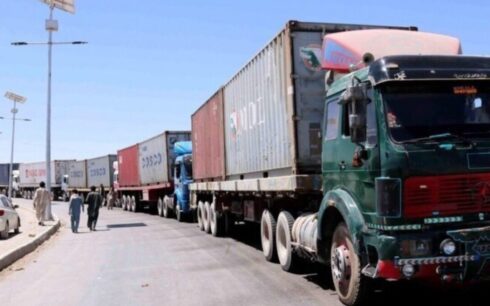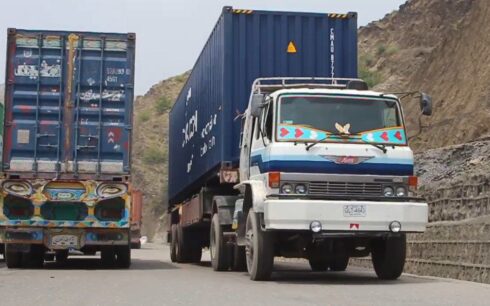In less than two months, the Taliban has generated nearly $90 million, equivalent to 63.9 billion Afghanis, from mining and oil field extractions in Afghanistan, according to data provided by the Taliban-run Ministry of Mines.
The Taliban-run Ministry of Mines and Petroleum reported that, in addition to this revenue, they have signed contracts worth $33.4 million for the Jagdalak mine in Kabul and the Herat barite mine.
The data collected include statements shared by the Taliban-run Ministry of Minies from May 11 to June 20.
The majority of this revenue has come from the sale of crude oil from the Amu Darya oil field.
Specifically, over the past 40 days, the ministry reported earning $80 million from the sale of crude oil from the Amu Darya oil field, $7.8 million from the sale of the Bamiyan Yakawlang district’s tin mine, and $445,000 from the sale of Panjshir emeralds.
On May 11, Taliban awarded contracts for the Jagdalak mine in Kabul and the Herat barite mine to a private company.
The total value of these contracts was announced to be $33.4 million.
However, questions remain about how the Taliban are using the revenue generated from these mining activities. Economic experts have raised concerns about potential misappropriation and corruption due to the lack of oversight.
“Since the Taliban regime lacks an oversight body like a parliament, people are concerned that the revenues from mining and oil and gas might not be used for social welfare and economic development, but rather misused,” said Haroon Amini, an economic analyst.
Over the past two years, Taliban has kept the budget and its expenditure details hidden from public view, with only the last three months of the 2021 fiscal year budget available on the Ministry of Finance’s official website.
Many citizens believe that the Taliban should disclose how they are using the mining revenue.
A resident of Herat said, “People need to know where the mining revenue is being spent, which country the minerals are sold to, and from which region they are extracted.”
“Most of our fellow citizens, especially those living in rural areas, are not well-informed about the mines. It will take a long time for the benefits of mining to reach the people,” another resident of Herat said.
A Kabul resident echoed these sentiments, saying, “Mines are a national wealth and should be used in ways that benefit the people. Citizens should be informed about how the mining revenue is collected and spent.”
A significant portion of the $89 million generated in the last forty days comes from mines contracted to Chinese companies. Afghanistan has five oil fields, with extraction currently underway at the Amu Darya oil field by a Chinese company, which extracts 1,100 tons of oil daily from the Qashqari block.





